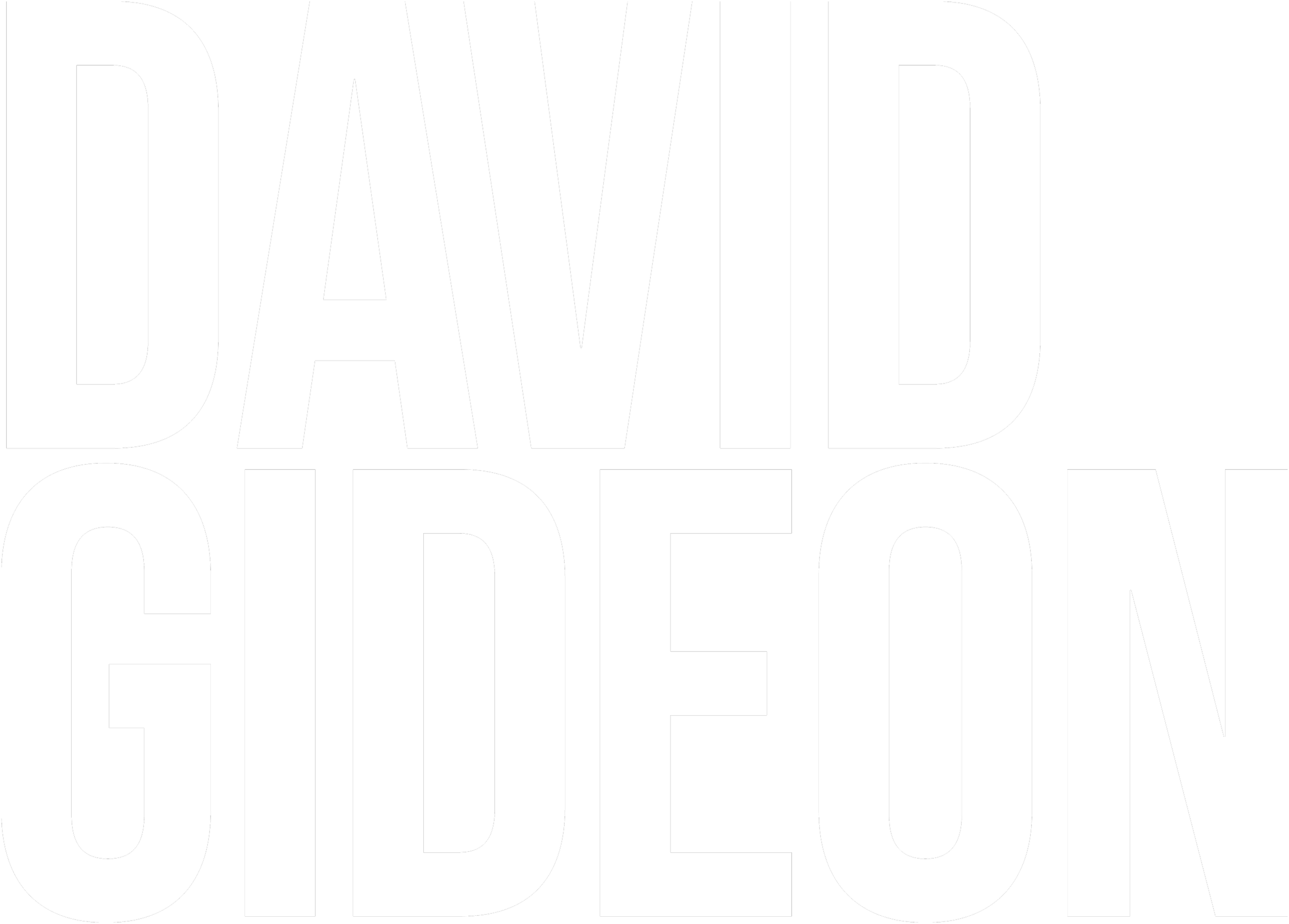For many years, even when Lee Strasberg was alive, I have heard audiences and critics alike say, “what a great Method Actor” when referring to someone who had actually tried the characters lifestyle as part of their preparation for a role. An actor who partied too hard just to get the feel of a role, or an actor who became harsh and abusive to those around him because that was the nature of the character he was playing.
Of course we have all heard people singing the praise of actors who have gained or lost an inordinate amount of weight in order to play a role. While this might be somewhat necessary to satisfy a role cosmetically, it is never necessary in order to create the character. Of course we have all heard of actors who demand to be treated as their characters through months or even years of preparation, offset or offstage as well as on, and been called “Method Actors” for it.
Lee had an expression the he used over and over again. “If it’s literal, where is the art in acting”? He completely subscribed to the notion that we were in the world of make believe. He taught us that the character’s truth was based on a kernel of our own truth and that we didn’t have to have the character’s experiences in order to play them.
He also emphasized the need to leave our work in the theatre or on the set and go home to get recharged for the next day’s work. If the Maestro was so insistent on these protocols, where did these distortions come from and how did they become labelled “Method”?
As the work of The Moscow Art Theatre spread across the world, and as the strength of the work that came out of The Group Theatre and The Actors Studio spread across America and into Hollywood, many actors wanted to be perceived as “real” in their acting without taking time out of their busy careers to learn how to do it. For these actors, actually doing something, at least in part, replaced creating the illusion of doing it. Years ago I was amazed by the number of actresses who actually wanted me to slap them across the face while they auditioned for a part in the movie “Scarface” so they would have something to which they could react. When I told them that I would only be delivering a stage slap they seemed worried that they wouldn’t get to the moment without it being real.
When some of these actors do take the time to train, they often take a workshop rather than a class. This also is probably due to time and schedule constraints. And of course there are also a great number of teachers and coaches who themselves don’t know Lee Strasberg’s work, but try to get to the reality of a moment for their clients any way they can.
There is another contributing factor. One of Lee Strasberg’s major contributions to the understanding of the actor’s process is teaching that all scenes contain an element of action that is discovered by answering the question, “what would I be doing if the scene did not take place”? This is something that we really do. In simple scenes this is always a physical activity (dressing or undressing, cooking a meal, sweeping the floor, making the bed, etc.). These activities are never acted. We actually do them. If my character is catching up on correspondence while being confronted by another character, Lee asked us to actually try to write letters during the playing of the scene. He would even ask us to show him what we had written if he wasn’t sure we had really tried.
So acting is a mix of doing some things for real while creating a character, and at the same time living that character’s life through the use of my imagination. While getting ready to rob a bank in a film doesn’t mean that I have to commit a crime to get into character, driving the getaway car or looking for a means of escape is something that I can, and must, actually do.
